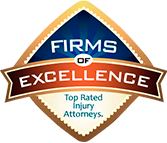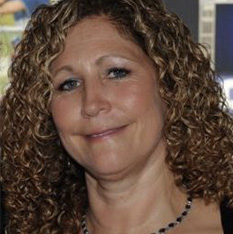Drunk drivers are some of the most dangerous drivers on the road, with more than a quarter of all motor vehicle fatalities occurring in accidents involving an impaired driver. Thus, being able to identify drunk drivers can mean the literal difference between life and death, giving you the ability to avoid a potentially fatal collision. Here are just a few ways to pick out a potential drunk driver on the road:
- Driving in places not intended for vehicles
- It should go without saying that motor vehicles should typically stay on the road, or in other places explicitly intended for vehicular traffic. Sober people tend not to have a problem with this, but drunk drivers can often have difficulty determining where they should be driving. Thus, when someone starts driving on sidewalks, medians, or other areas not intended for driving, that can be a sign that you are dealing with a drunk driver.
- Sudden or inexplicable acceleration / braking
- One of the most reliable signs of intoxication is delayed or inexplicable starting and stopping of a vehicle. This is the result of alcohol and other drugs that impair reflexes, making drunk drivers slow to react to conditions on the road. In addition, their impaired vision may cause them to see hazards that aren’t there, resulting in sudden stops with no apparent explanation.
- Inconsistent or nonsensical signalling
- Another sign of drunk driving is when drivers use their signals inconsistently or erratically. This may mean failing to signal when turning or switching lanes, or signalling when they do not intend to turn or switch lanes. They may also signal in the wrong direction, such as signalling to turn left when they are turning right.
- Tailgating
- Tailgating, the act of following very closely behind another vehicle to a dangerous degree, is not always a sign of drunk driving. Sometimes, you are just dealing with a highly aggressive driver who is intentionally driving poorly, or it may be an inexperienced driver unfamiliar with things like the “two second” rule for braking. However, tailgating can be a sign that the driver is not accurately gauging distances or making sound judgment about their ability to brake, indicating potential intoxication.
- Weaving or zig-zagging between traffic lanes
- It should not be surprising to learn that drunk drivers often have difficulty controlling their vehicles, even in clear road conditions. They may swerve between lanes of traffic without signalling, or weave in and out of lanes without realizing they are doing so. In some cases, they may even drive into oncoming traffic, making them an immediate threat to anyone unfortunate enough to be on the wrong side of the road.
- Driving very slowly
- Some drunk drivers are aware enough to understand how impaired they are, and try to make up for it by driving very slowly. While some people will try to keep to the speed limit just as a matter of safety, drunk drivers will sometimes drive well below the speed limit to minimize the risk of accidents. As a general rule, it is best to avoid any vehicle going more than 10 miles per hour below the posted speed limit.
- Driving without headlights at night
- Finally, beware anyone driving at night without headlights on. While it is possible their headlights are simply broken, it is also possible that their impaired vision and judgment has kept them from realizing they need to turn their headlights on. Such people may have you seeking the services of a personal injury attorney far sooner than you might like to.
If you or a loved one have been injured due to someone else’s negligence, you should seek out the personal injury lawyers at Zlotolow & Associates. Our seasoned New York personal injury attorneys bring more than two decades of trial experience to your case. We serve all five boroughs of New York City, as well as Nassau and Suffolk County. Our aggressive personal injury attorneys always demand maximum compensation. We have helped thousands of clients recover through settlements and courtroom verdicts. To schedule a consultation, you can call us at 866-800-0092, or you can visit our contact page.











